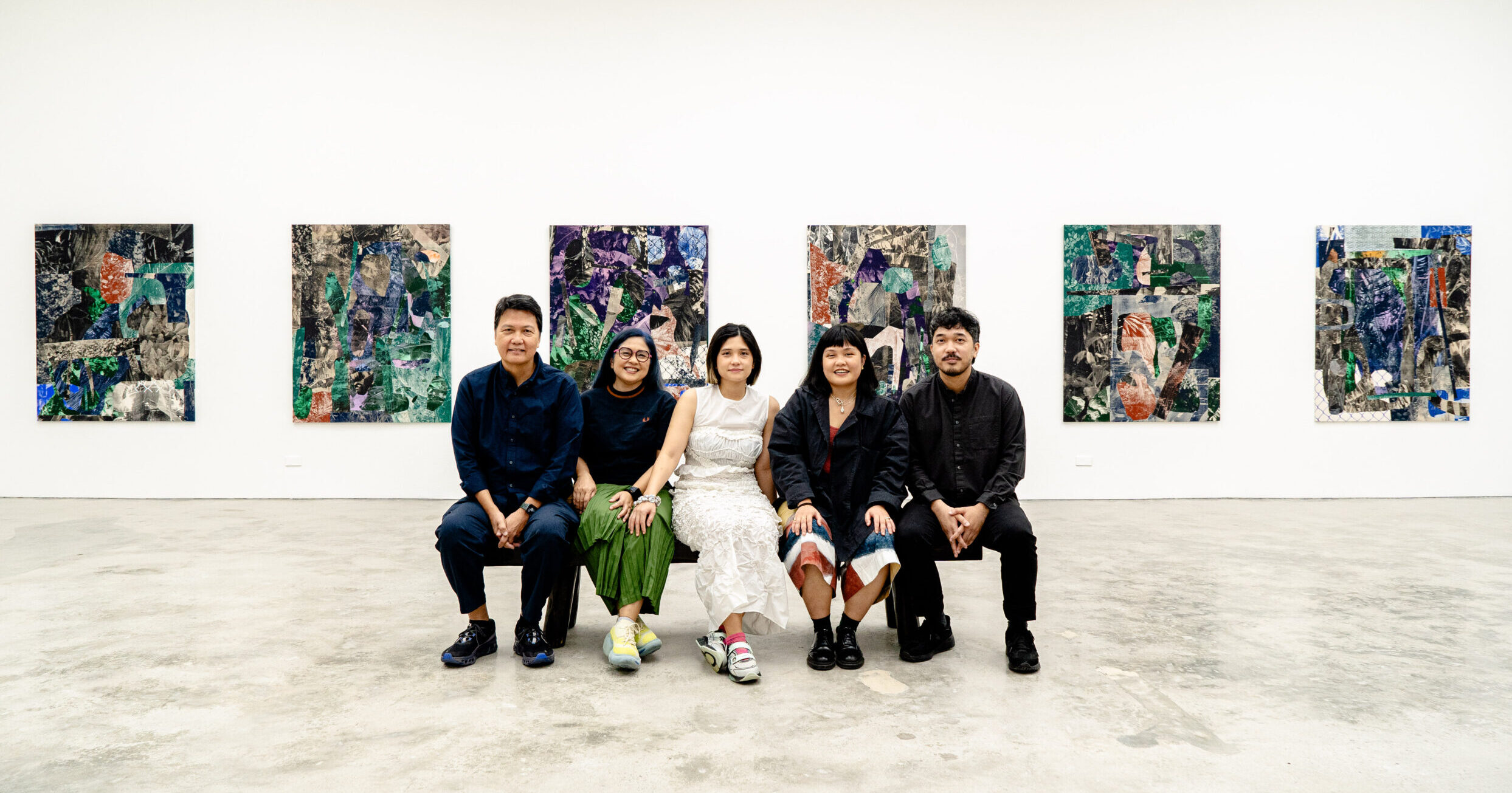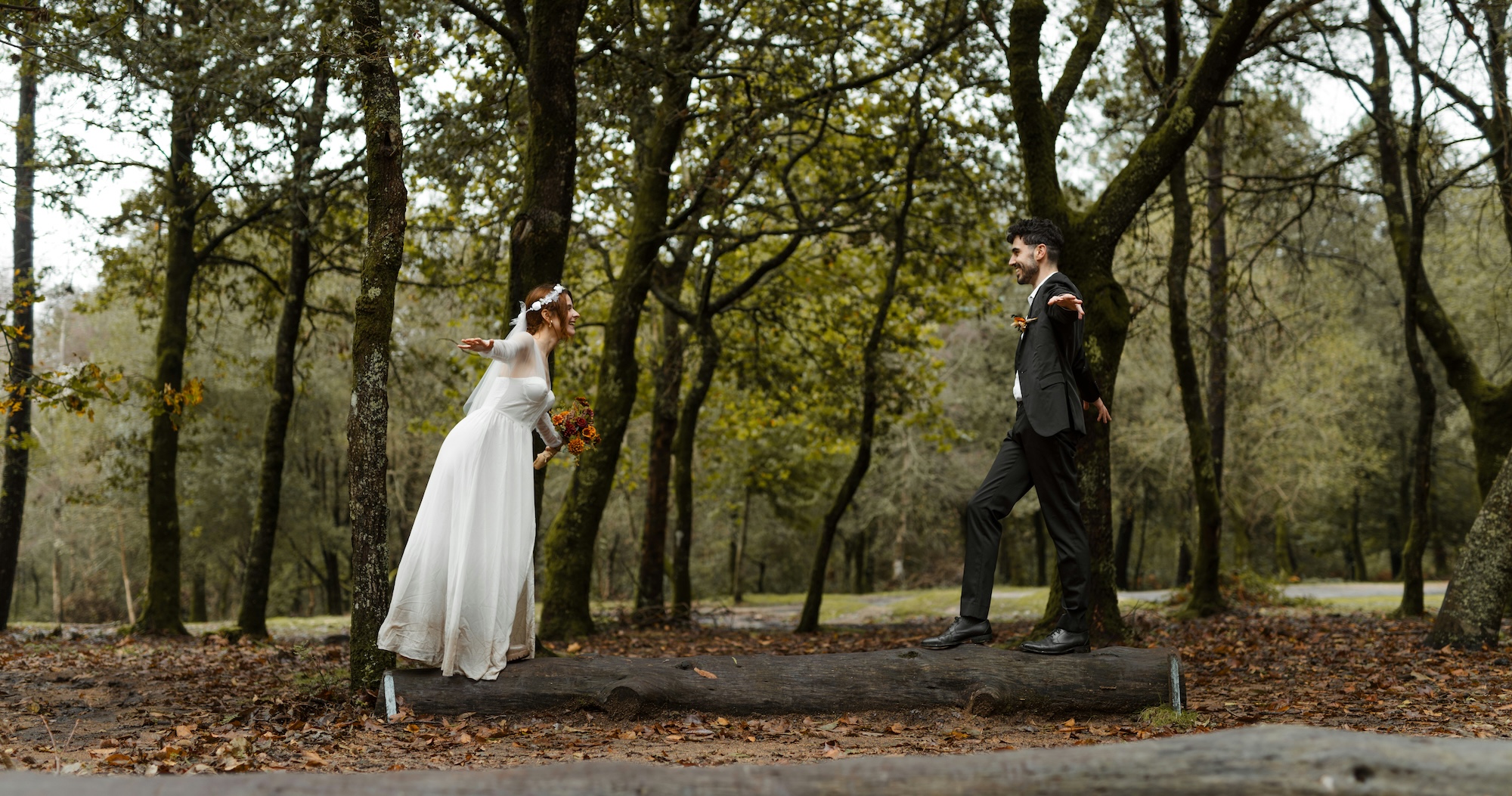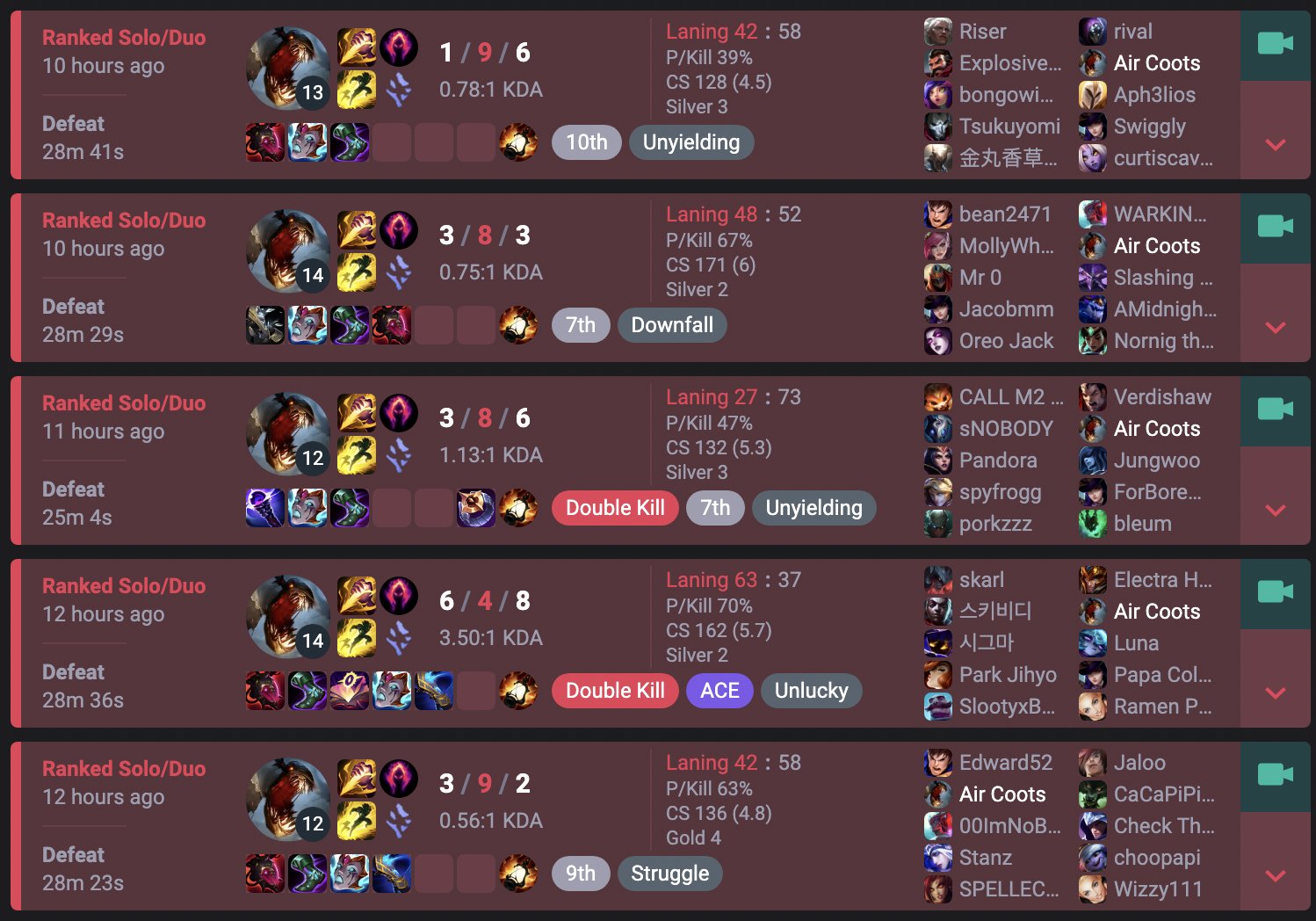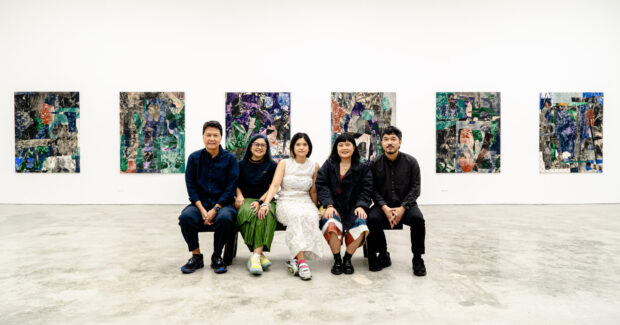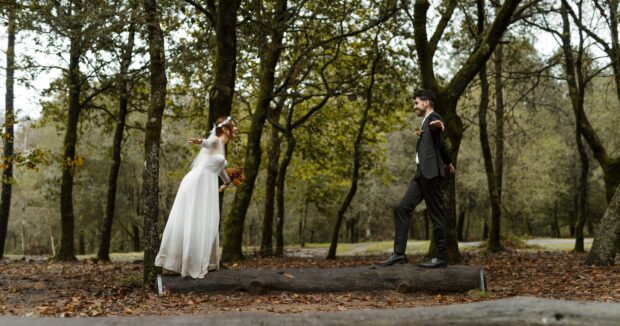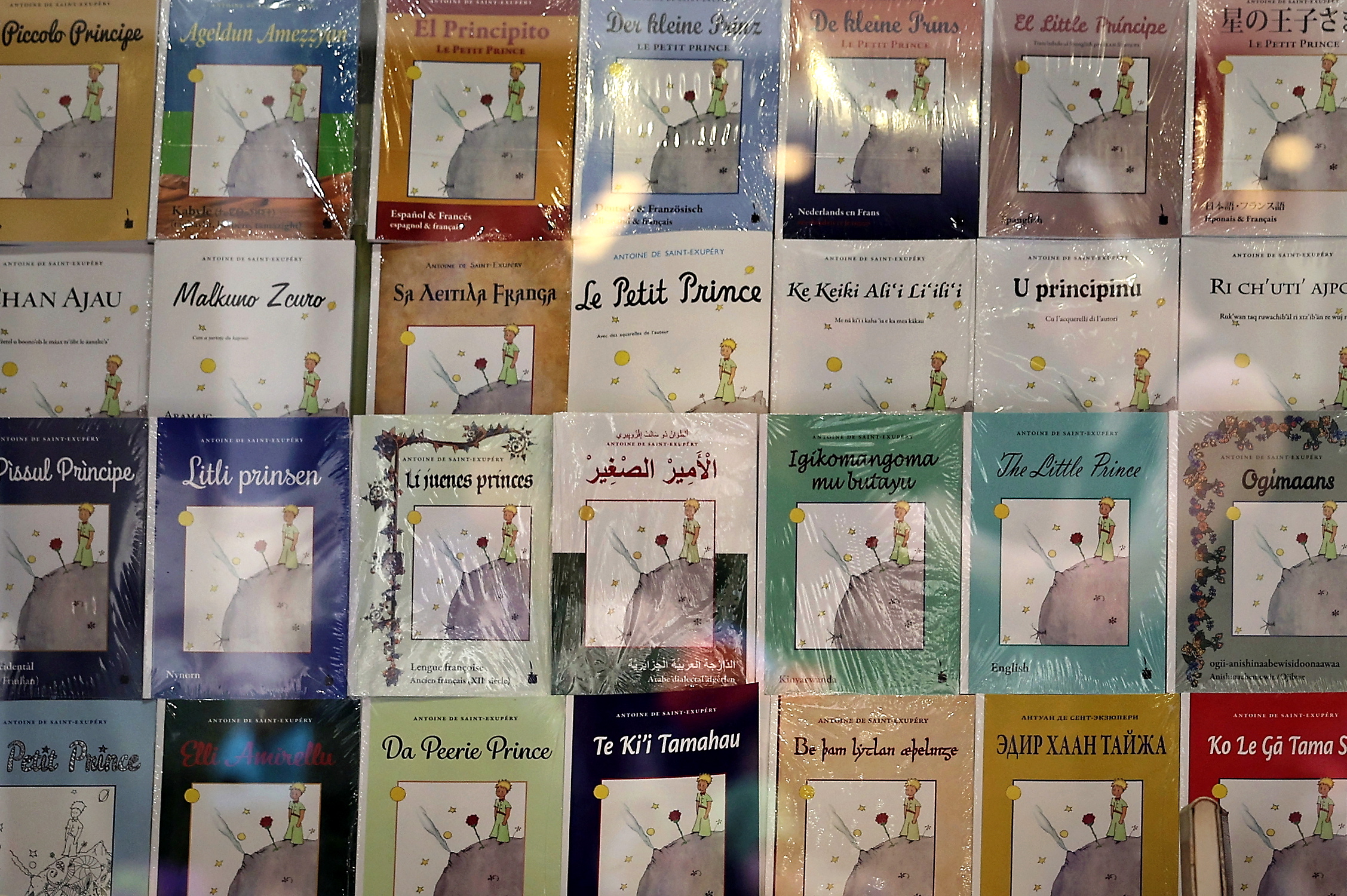In the life of St. Ignatius of Loyola, there are two key moments that define his spirituality and charism.
The first is his vision at the River Cardoner in Manresa, Spain, and the second is the vision at La Storta on his way to Rome.
Both visions are deep, mystical experiences of the Trinity. Though the vision at Cardoner was tersely described by St. Ignatius, many consider it as a core experience that developed and showed his Trinitarian devotion that, in turn, shaped Ignatian spirituality and charism.
Said Fr. Pedro Arrupe, SJ, in his address titled, “The Trinitarian Inspiration of the Ignatian Charism,” delivered in Rome in 1980: “The enlightenment at the Cardoner is a virtual summons. Ignatius will pass from contemplation of the Trinity to contemplation of the works of the Trinity, in order finally to aspire to be admitted to collaboration with that action of the Trinity. It is a mysticism that leads him to action.”
Fr. Arrupe further explained: “… what is revealed to him, with contours that are imprecise but will be progressively enriched and sharpened from the Cardoner (1522) to La Storta (1537)… We have seen the advance that La Storta marked in that service: its Trinitarian acceptance… ”
In La Storta, Ignatius had a vision of the Trinity, with Christ carrying His cross and telling Ignatius: “I will be favorable to you in Rome.”
It was an answered prayer for Ignatius, whose one great prayer to the Father and to the Blessed Mother, was, “Place me with your son.”
Ignatius knew that he had been placed by the Trinity with the son carrying the cross in his mission to redeem the world.
In Rome, Ignatius would formally establish one of the most important missionary orders of the Church, the Society of Jesus. It became one of the key moving spirits of the Counter-Reformation, which not only checked the advances made by Martin Luther’s Reformation, but introduced renewal and reform in the corrupt and decaying Church back then.
For Ignatius, it was all about mission lived in the world by being a contemplative in action and Trinitarian in its origin and goal.
As Fr. Arrupe put it: “This is the entire theology of mission that Ignatius makes completely his: Christ gives the mission, the Holy Spirit confirms it with his gifts, for the glory of the Father.”
Trinity Sunday
The feast of the Holy Trinity becomes an invitation and a gift that reminds us to live as missionaries in our day-to-day life, being contemplatives in action.
In his Meditation on the Incarnation in the Spiritual Exercises, St. Ignatius asks us to contemplate the Trinity contemplating the whole of humanity and creation, and seeing the turmoil, the destruction and the ruin going on, they are moved to mission the Son to redeem the world.
This gives us key points in our involvement in the world. One, we must stop, look and listen, contemplate our world and life, and not simply go through it in a mechanical way.
Two, contemplation leads to conversation. The Trinity entered this conversation as they were contemplating the world in St. Ignatius’ Mediation on the Incarnation.
Pope Francis has pointed out the lack of conversation among people in various sectors —which give rise to autocratic, fascist regimes. He shows this in the case of Hitler, and he flashes warning signs with the current rise of populist leaders worldwide.
Three, the conversation must lead to choice, a communal choice. We must be moved to make a choice with compassion and love.
Four, the choice must lead to action—communal action. The Trinity decides to send the Son and thus the Incarnation: “And the Word was made flesh and dwelt among us” (John 1: 14); “They shall name Him ‘Emmanuel,’ which means ‘God is with us.’” (Matthew 1:23)
Stop, look and listen. Contemplation leads us to both an interior (with our self and with God) and a communal conversation. This conversation is what gives us a clear vision of the choices before us and helps us make the right choice.
The choice is action. Otherwise, it is no choice at all. This is most evident in the Trinitarian choice to send the Son to save the world. From the moment the choice was made and the Son “emptied Himself” of His divinity all the way to the Cross and Resurrection, it was one action of love and mission.
As Fr. Arrupe ended his address with the prayer of St. Ignatius, so we end our reflection on the Feast of the Trinity: “Eternal Father, confirm me; Eternal Son, confirm me; Holy Spirit, confirm me; Holy Trinity, confirm me; my one only God, confirm me.” Amen. —CONTRIBUTED

